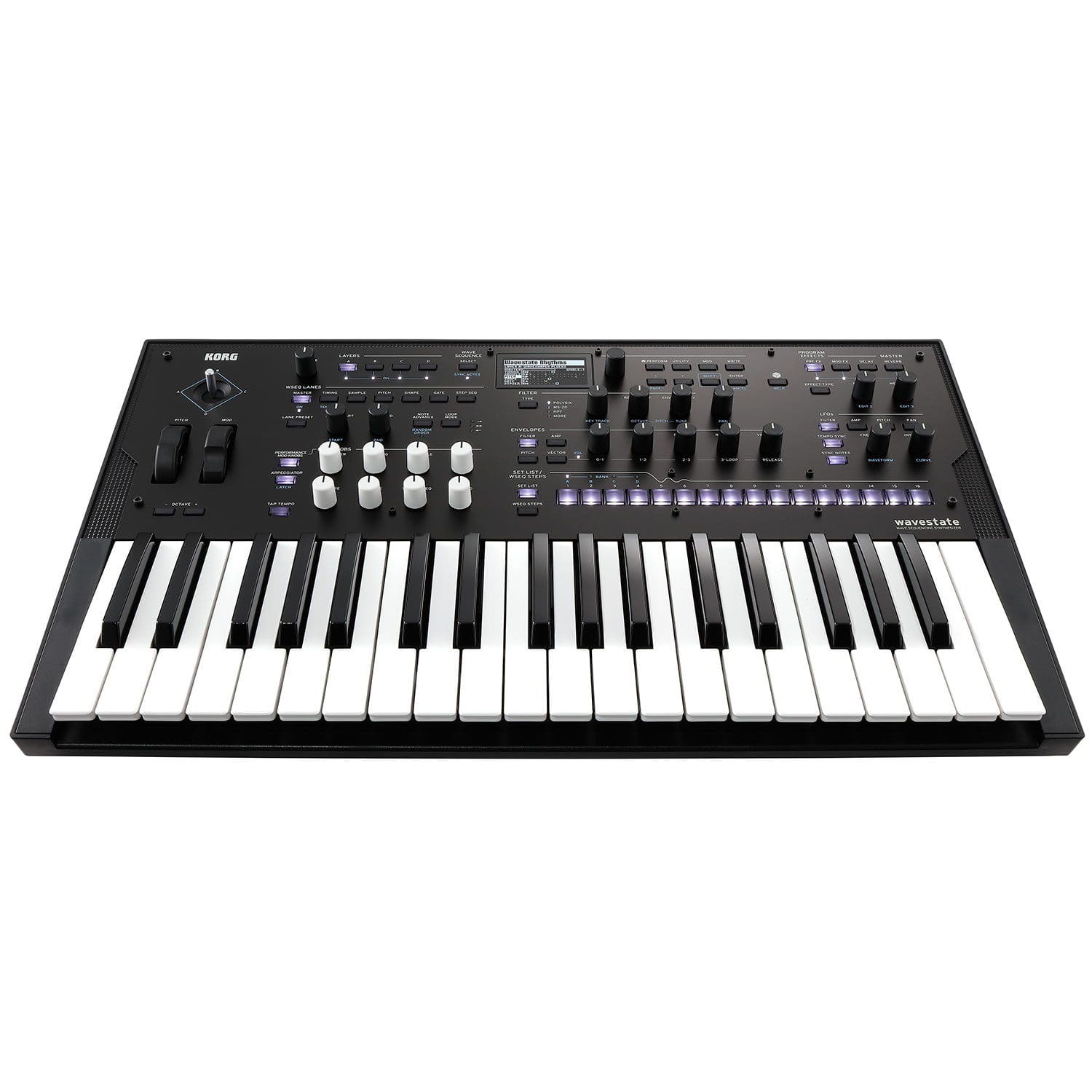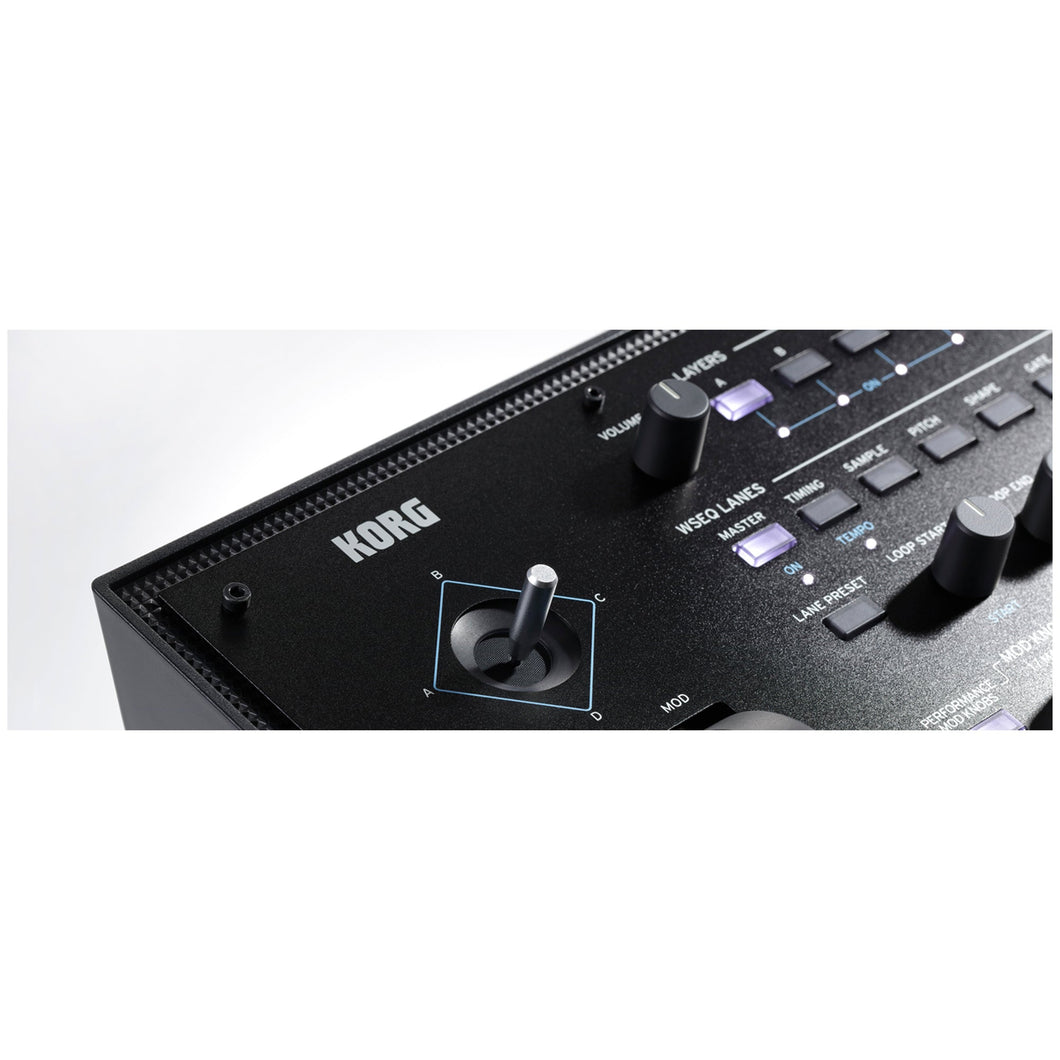

Here’s a neat diagram demonstrating the difference:īonus round: analog or analogue? Analogue is the traditional spelling of the word, originating in British English.

By comparison, digital waveforms have a finite number of points that they can occupy, due to their use of binary signals. This is why analog signals often appear smooth and fluid. This means that the waveform can take any shape and can essentially cross an infinite number of points on a graph. In synth terms, analog refers to hardware and signals that use continuously variable waveforms. On an oscilloscope, it’s represented by the height of the waveform.

ADSRĪDSR is short for attack, decay, sustain and release. Unlike the more common subtractive synthesis (more on this later), additive synthesis combines multiple waveforms with your oscillator(s) to produce complex textures. Give us a shout if you’d like to see something added! Additive Heads up: there’s a lot of stuff in here, but there’s always a chance we’ve missed something. Fear not in this jargon buster, we’ve covered some of the most common phrases and terms you’ll come across – to save you some research. That doesn’t make it any less headache-inducing though, particularly for a novice. Components, parameters, varieties – despite their diversity and complexity, the terminology is pretty universal.


 0 kommentar(er)
0 kommentar(er)
